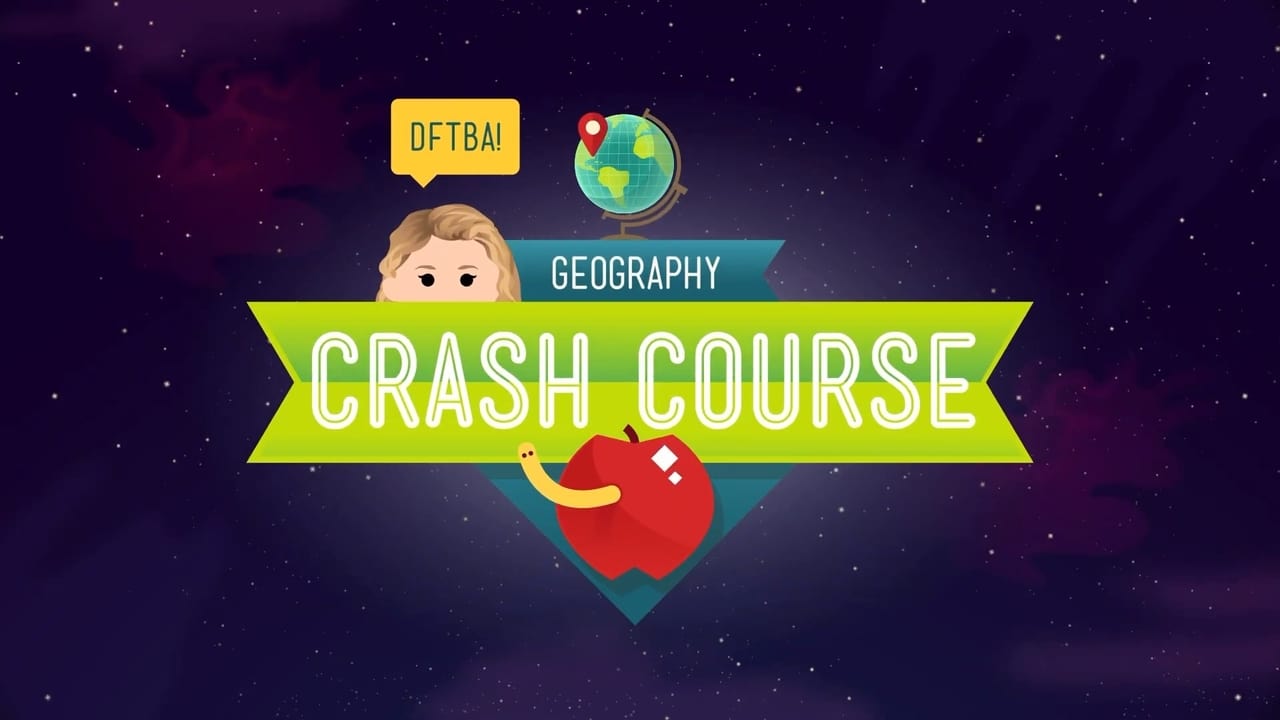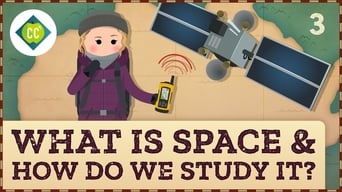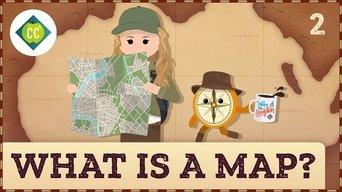

Welcome to Crash Course Geography hosted by Alizé Carrère! This course with be split into two parts. In the first half, we will focus on physical geography or the processes and phenomena of the physical world both above and below the Earth's surface. We'll ask questions like, "why is the seafloor so young when the Earth is so old?" or try to identify why winds and ocean currents are so important to life on Earth. Then we'll turn our focus to human geography and explore the ways people occupy the Earth's surface. Like how we've moved, settled, and used the land, resources and space. But ther'e not always a clear line dividing the physical and human, because really, geography is telling the story of the Earth.

Today, we're going to talk about how the Earth moves, but to do that, we're going to have to go way back to the early days of the galaxy! Processes that happened before the Earth even formed have led us to the geographic patterns and processes that create Earth's environments and support all living things. We'll talk about how the Earth rotates, the effects of it being slightly tilted, how events like sea ice melting impact how the Earth wobbles, and of course talk about how our elliptical orbit gives us seasons. So many of our life decisions are influenced by the motion of Earth. It guides where we decide to live, what food we eat, or even what weather we experience - which we'll talk about more next time.

Traditionally, geography is studied as two interconnected parts: physical geography and human geography. For the first half of this series, we will be focusing on physical geography, which is all about recognizing the characteristics of the environment and the processes that create, modify, and destroy those environments. But remember, human-environment interactions are fundamental to studying geography so we won't be ignoring human impact, it just won't be the primary lens we're using to view the world. Today, we'll explore erosional gullies in Madagascar as we discuss the world's dynamic landscape, the Great Barrier Reef as we introduce the four major earth system (the atmosphere, hydrosphere, lithosphere, and biosphere), and we'll finish with a deep dive into Iceland as we introduce the major realms of physical geography.

Today we're going to talk about SPAAAAAACE, but not like stars and satellites and stuff. Instead, we're going to talk about geographic space. In geography, we can look at the world and the places and spaces we inhabit with four distinct lenses: space as a container, topologically, socially, and how we perceive it. On this journey, we'll make stops in Antarctica, Haiti, and China as we introduce the tools you'll need from surveying and remote sensing to community-created maps to help us better understand and navigate our world.

From navigating a cross-country road trip (or just finding the nearest coffee shop), to analyzing election results (or the latest meme on K-pop group popularity), maps play a huge role in how we interpret the world! Today, we're going to talk about the differences between reference maps and thematic maps, take a closer look at how projections play a part in how we perceive maps, and discuss the role of the cartographer (or map maker) in all of this. Maps are incredibly powerful tools and play a crucial role in how we understand the world, but they are also made by people, so it is our job to think critically about how these stories are being presented to us.

So, what is geography? In our first episode of Crash Course Geography, we will endeavor to answer this seemingly simple question with the help of a similarly simple factoid: that the US imports more than 3 billion pounds of bananas from Guatemala each year. But as it turns out, beneath the kinds of factoids we usually associate with Geography are much grander stories that really are Geography. So let's go a little bananas as we explore the sordid history of the Chiquita banana.
Welcome to Crash Course Geography hosted by Alizé Carrère! This course with be split into two parts. In the first half, we will focus on physical geography or the processes and phenomena of the physical world both above and below the Earth's surface. We'll ask questions like, "why is the seafloor so young when the Earth is so old?" or try to identify why winds and ocean currents are so important to life on Earth. Then we'll turn our focus to human geography and explore the ways people occupy the Earth's surface. Like how we've moved, settled, and used the land, resources and space. But ther'e not always a clear line dividing the physical and human, because really, geography is telling the story of the Earth.
,